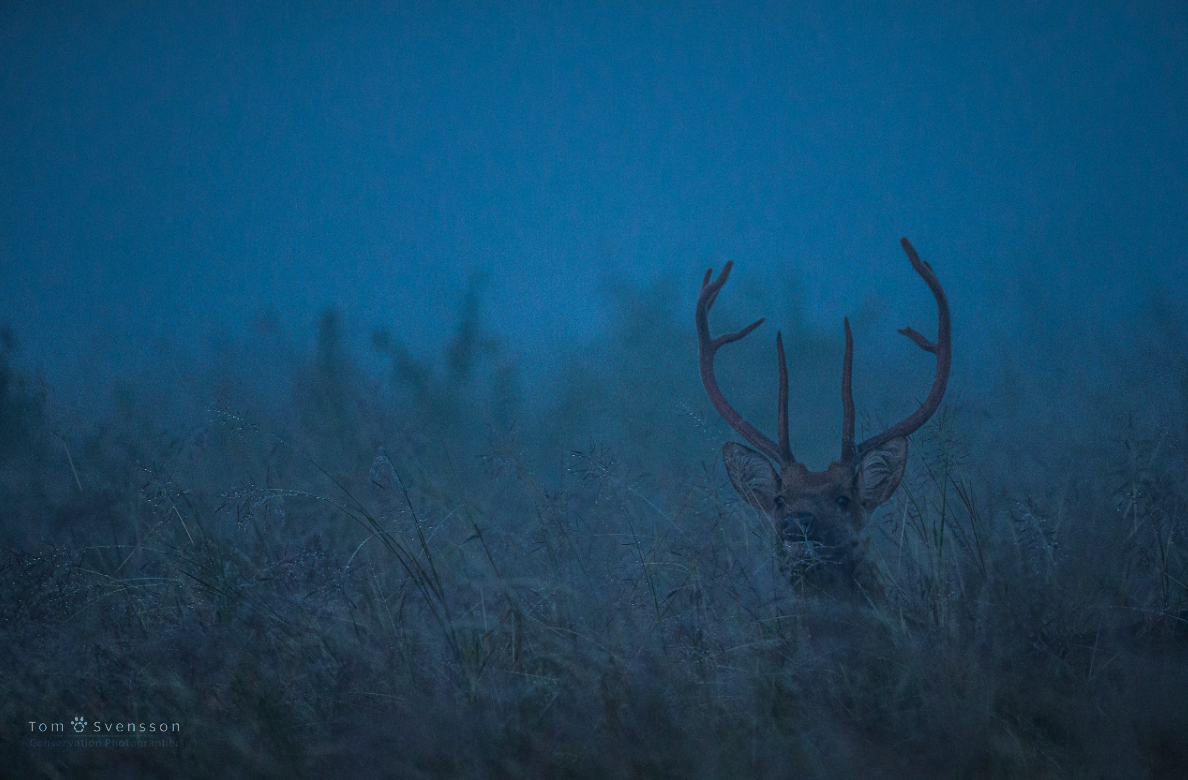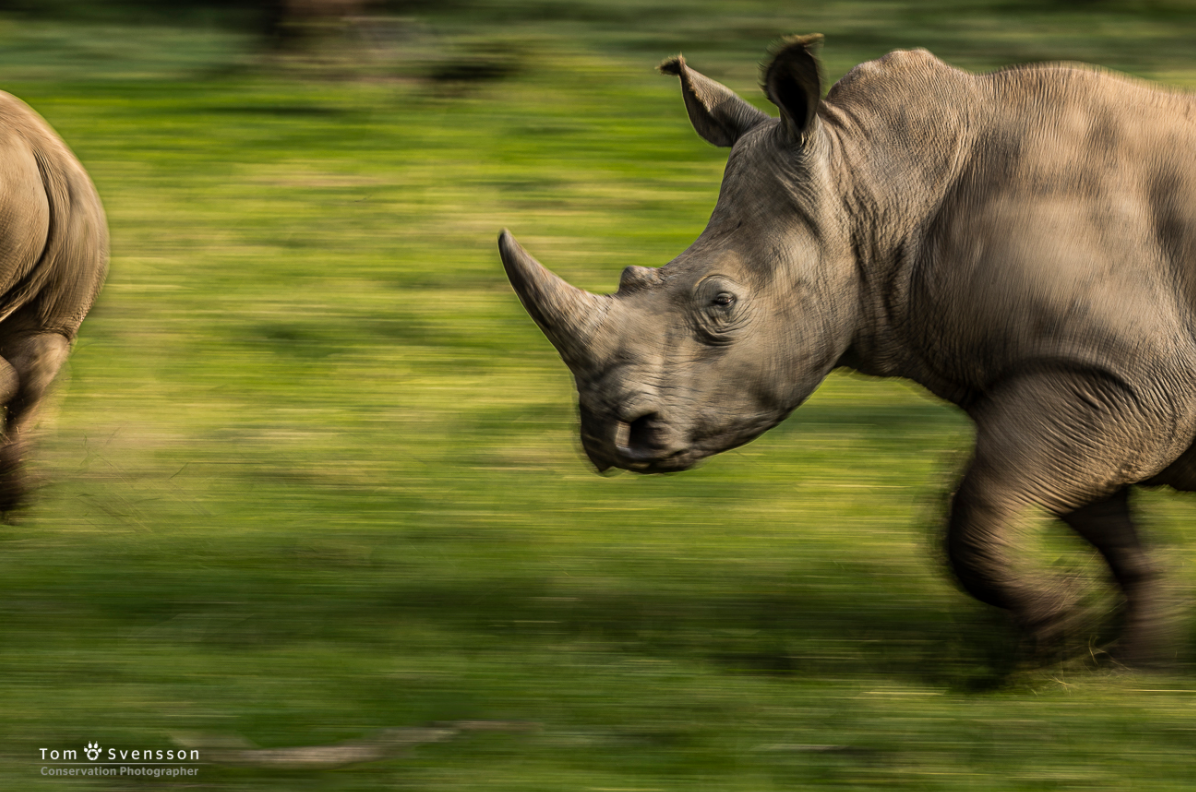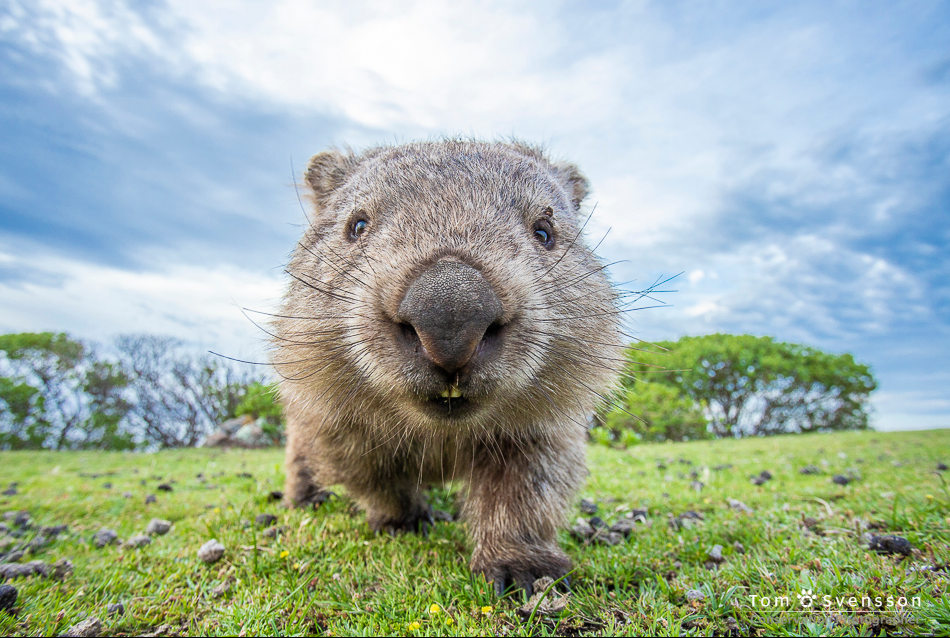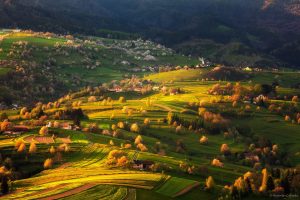If you’re an adventurous photographer looking to capture the beauty and diversity of wildlife, then photographing animals in their natural habitat is an exciting challenge.
Whether you’re a beginner or a seasoned professional, photographing animals in the wild requires careful planning and skillful execution. From choosing the right lens and setting up your tripod to getting close enough for a good shot, there are plenty of obstacles that must be overcome.
Fortunately, with a little practice and the right tips & tricks, you can become an expert animal photographer in no time. In this ultimate guide, we’ll provide pro tips on how to set up the perfect shots and get creative with angles and lighting to capture stunning images of animals in the wild.
Preparing for Wildlife Photography

No matter what level of photographer you are, wildlife photography can be intimidating and overwhelming. But with some preparation, it can be a fun and rewarding experience. Start by researching your subject—which animals you want to photograph, and the best way to go about it.
For example, if you’re after larger mammals like deer or elk, you may need to use a telephoto lens to capture their image from a distance. Alternatively, smaller creatures like birds can often be captured with shorter lenses – but only if you’re prepared with the right settings, equipment and patience.
Next, think about your gear. Even if you’re just starting out in photography, it’s worth investing in gear specifically designed for wildlife photography. This could include lenses designed for longer ranges, reliable zoom capabilities, and durable equipment that can take outdoors activities like hiking or camping into account. It’s also worth putting some thought into clothing that can help camouflage your presence when shooting animals in the wild.
Safety Tips While Photographing Animals in the Wild
When photographing animals in the wild, safety should always be your top priority. You never know how an animal might react to your presence, so it’s important to take the necessary precautions. Here are some tips for remaining safe while photographing animals in the wild:
- Keep your distance and respect the animal’s space – Many animals can become aggressive if they feel threatened or crowded. Therefore, it’s important to always give them plenty of space and respect their boundaries.
- Use telephoto lenses – Telephoto lenses allow you to keep a safe distance between you and the animal while still getting a clear shot. If you don’t have access to a telephoto lens, use binoculars instead.
- Avoid noise – Animals can be sensitive to noise, so try to remain as quiet as possible when photographing them. This includes turning off all electronic devices that may potentially make noise such as cell phones or cameras with autofocus enabled.
- Don’t use flash – Flashes can startle animals, so it’s best to avoid using them when photographing animals in the wild. Additionally, flashes have been known to attract predators that may see you as an easy target if they get close enough.
By following these safety tips while photographing animals in the wild, you will ensure that both you and the animal stay safe during your photography session.
Practical Techniques for Getting Great Wildlife Shots
Lighting
Lighting is key for great wildlife photography, as it can make or break a shot. For example, shooting early in the morning or late in the day often produces high-quality images due to the golden light during these times. Try to take advantage of natural light rather than relying on flash to get the best results.
Angles & Perspectives
One of the best ways to make your photos stand out is by capturing unique angles and perspectives. Consider shooting from different heights, distancing yourself further away from the animal, or incorporating elements of its environment that provide context. This can help bring your photos to life and give your audience a more meaningful experience.
Setting the Right Exposure Levels
Experiment with setting different exposure levels depending on what type of shot you’re going for – either a bright landscape background or creating an image filled with shadows for dramatic effect. This will allow you to control how much light is entering your camera and affect how much detail you see in your final images.

The Art of Patience: How to Capture the Perfect Shot
Photographing animals in the wild requires a great deal of patience – and this is key to capturing that perfect shot. Staying still and waiting for just the right moment increases the chances of getting a photo that looks like it’s come straight out of a magazine.
It may be tempting to try to get as close as possible, but more often than not, this will result in poorly composed images with blurry or distorted details. The secret is to take multiple shots from a distance, then slowly and quietly move closer, while remaining respectful of the wildlife and their natural environment.
Furthermore, avoid making loud noises or sudden movements. Animals can be startled by even minor disturbances and will likely flee if they feel threatened. Be sure to turn off your auto-focus noise and use the silent mode on your camera, so as not to startle animals unneccessarily.
Lastly, having an understanding of animal behavior is essential for capturing that perfect shot. Knowing when an animal is about to make a move or anticipating their next course of action can make all the difference in capturing that special moment with your camera lens!
Conclusion
Wildlife photography is an exciting and rewarding challenge, but it’s not something to take lightly. You need to be prepared with the right tools, the right skills, and the right attitude, but if you follow these tips and tricks, you’ll be ready to capture beautiful animal photos in no time. Equip yourself with the right camera gear, know your subject, master your camera settings, pay attention to the light, be aware of your surroundings, and most importantly, respect your subjects. With the right combination of patience and planning, you’ll be able to capture stunning wildlife photos that will be admired for years to come.





